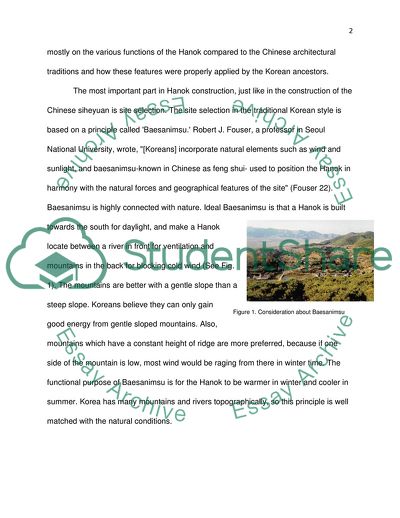Cite this document
(Korean Traditional Architecture Essay Example | Topics and Well Written Essays - 2250 words, n.d.)
Korean Traditional Architecture Essay Example | Topics and Well Written Essays - 2250 words. https://studentshare.org/architecture/1876447-hanok-korean-traditional-architecture-architectural-construction
Korean Traditional Architecture Essay Example | Topics and Well Written Essays - 2250 words. https://studentshare.org/architecture/1876447-hanok-korean-traditional-architecture-architectural-construction
(Korean Traditional Architecture Essay Example | Topics and Well Written Essays - 2250 Words)
Korean Traditional Architecture Essay Example | Topics and Well Written Essays - 2250 Words. https://studentshare.org/architecture/1876447-hanok-korean-traditional-architecture-architectural-construction.
Korean Traditional Architecture Essay Example | Topics and Well Written Essays - 2250 Words. https://studentshare.org/architecture/1876447-hanok-korean-traditional-architecture-architectural-construction.
“Korean Traditional Architecture Essay Example | Topics and Well Written Essays - 2250 Words”. https://studentshare.org/architecture/1876447-hanok-korean-traditional-architecture-architectural-construction.


